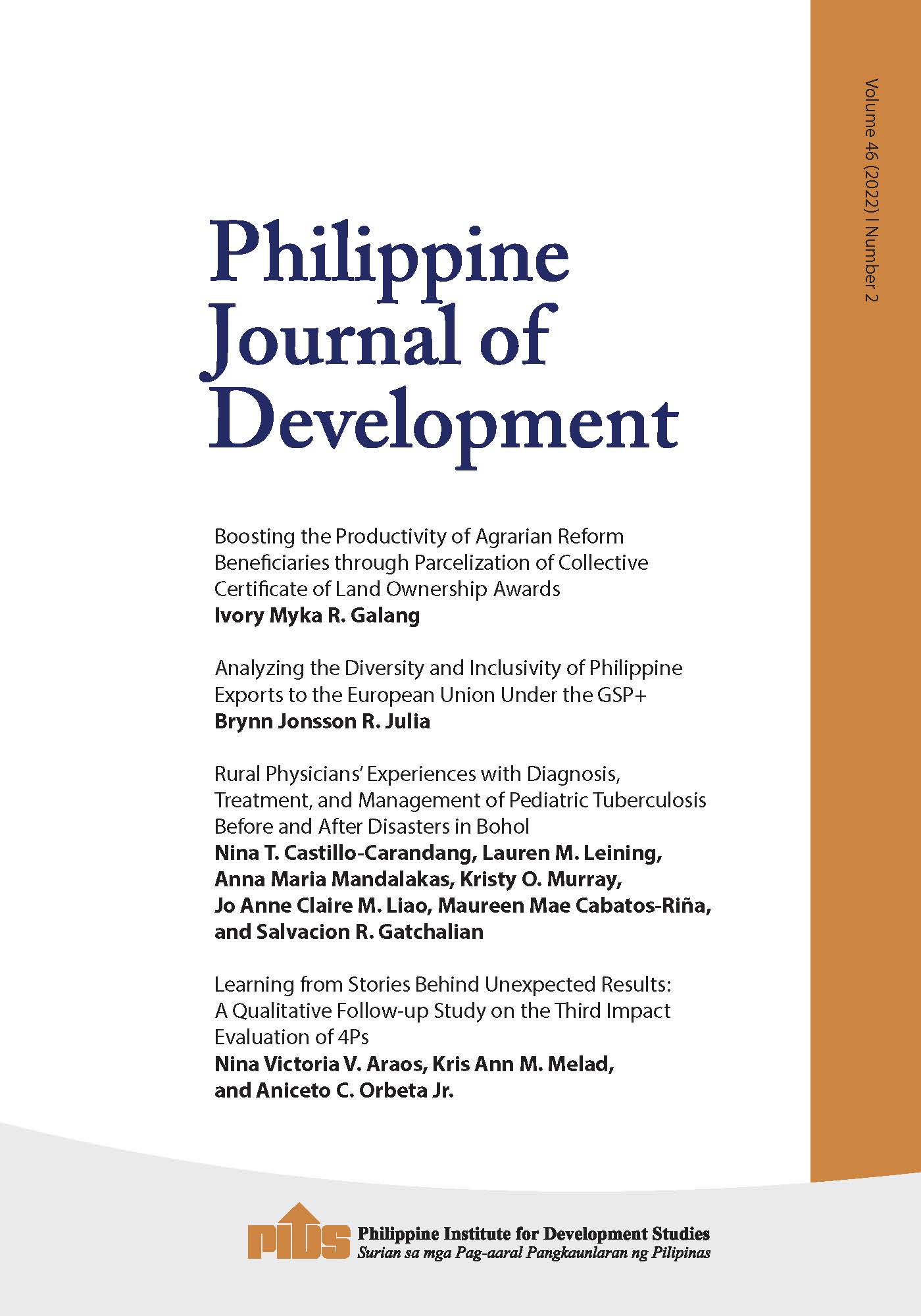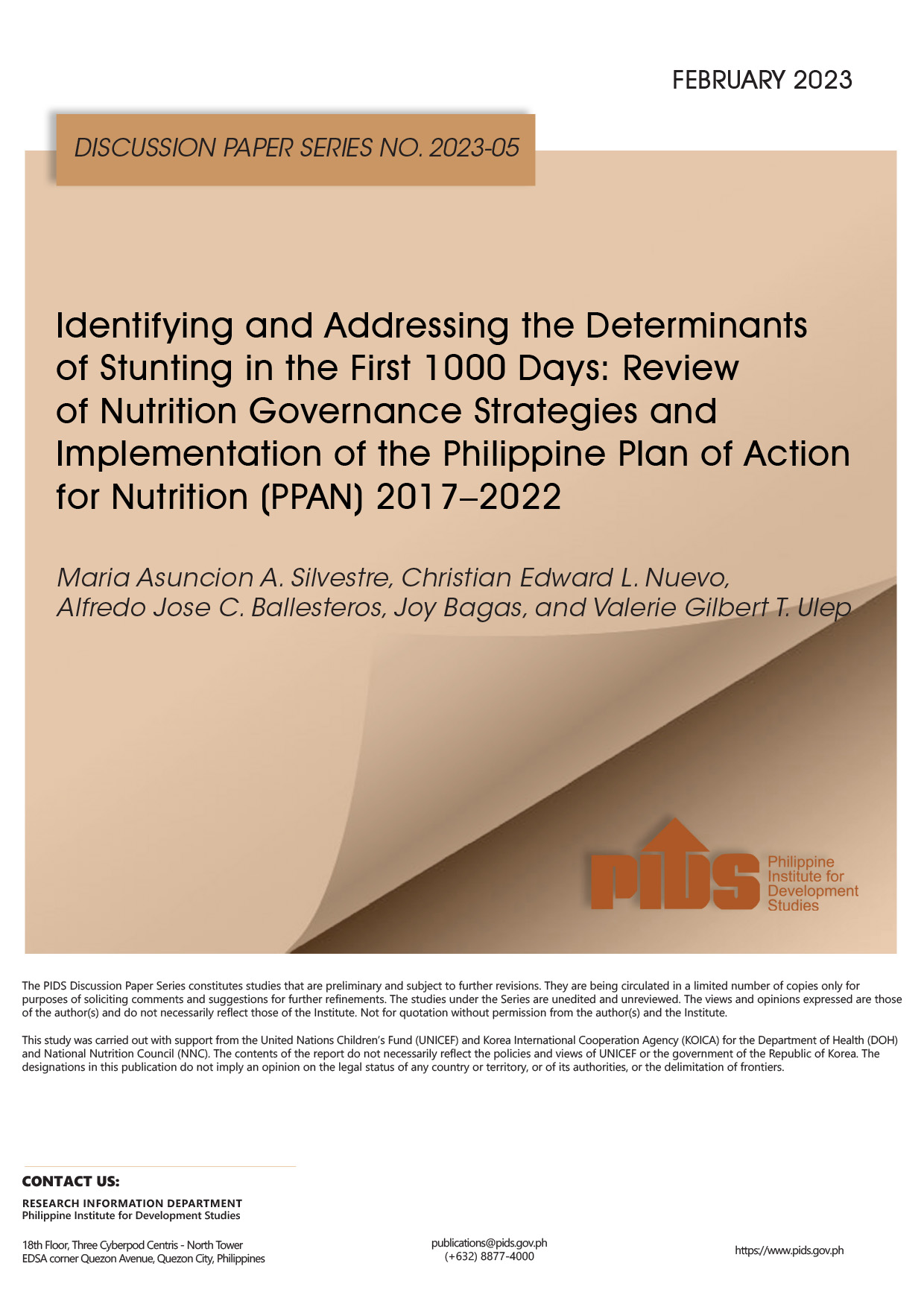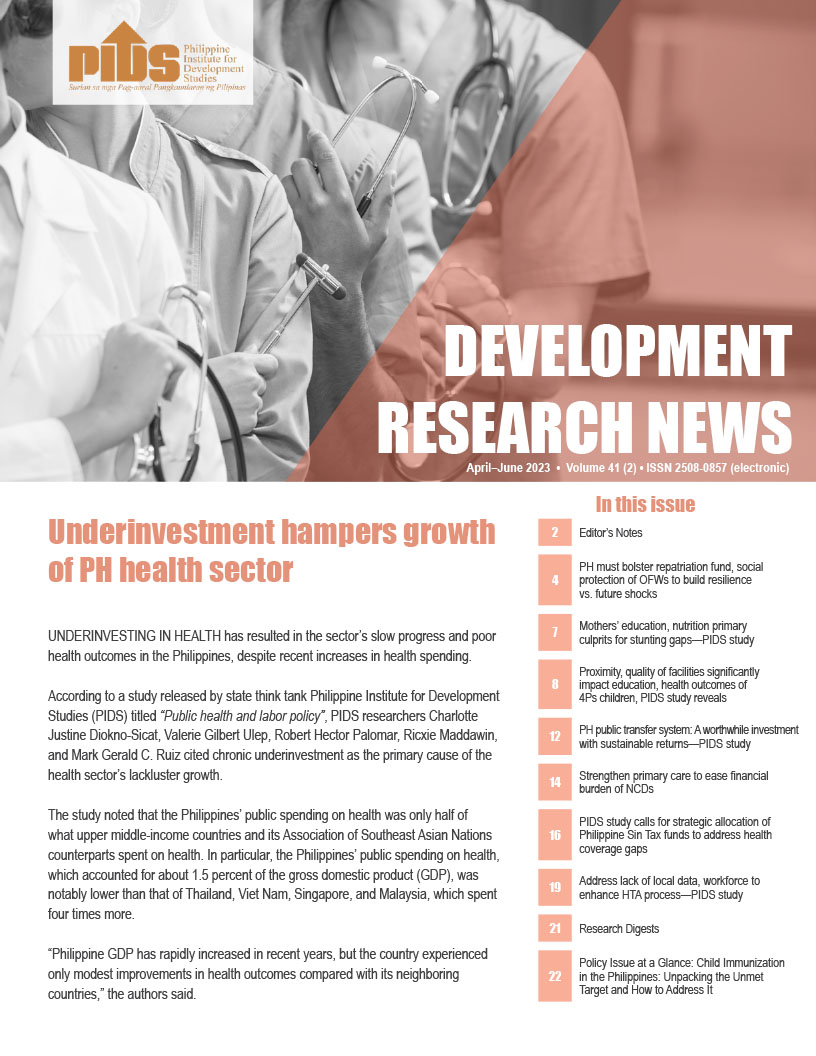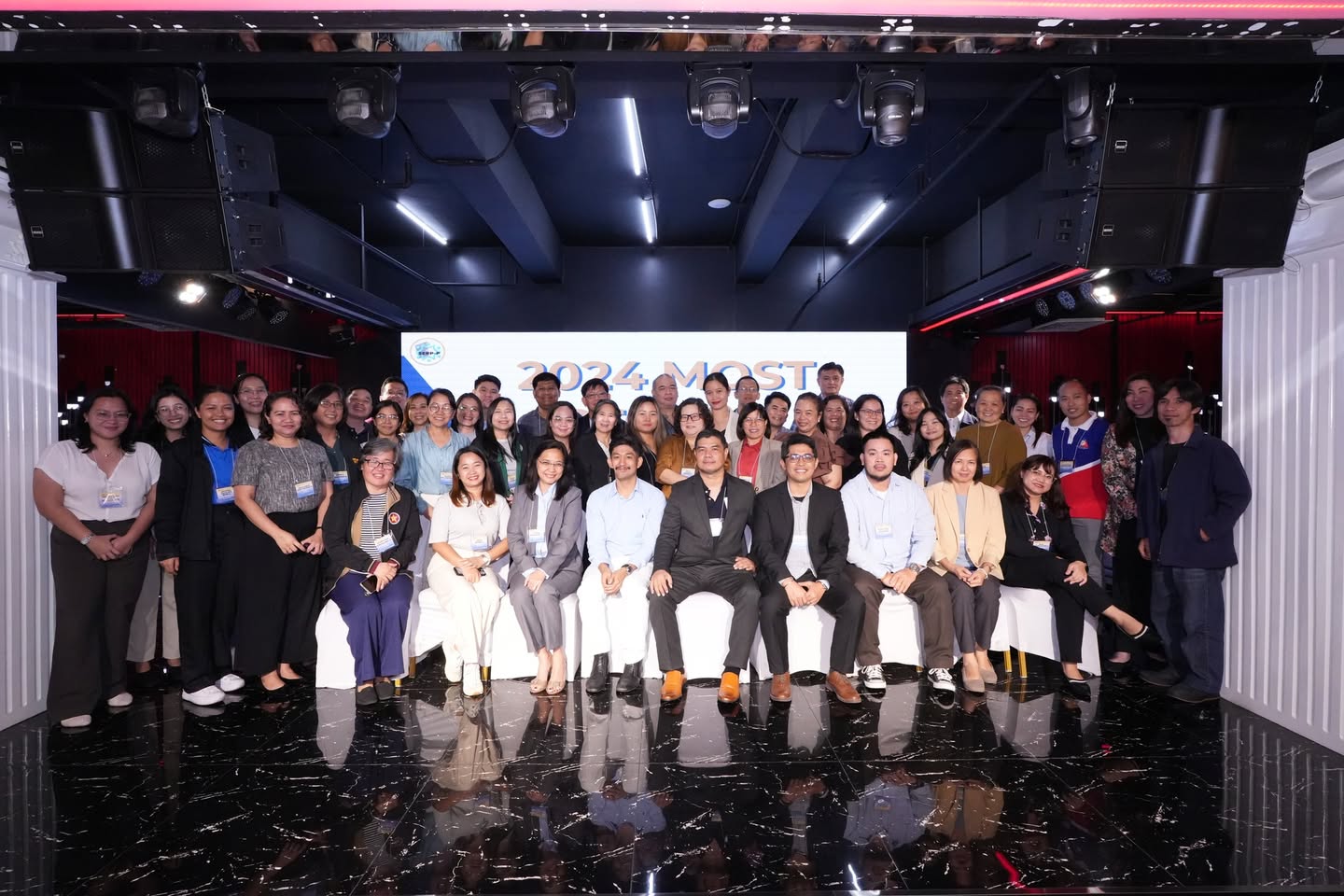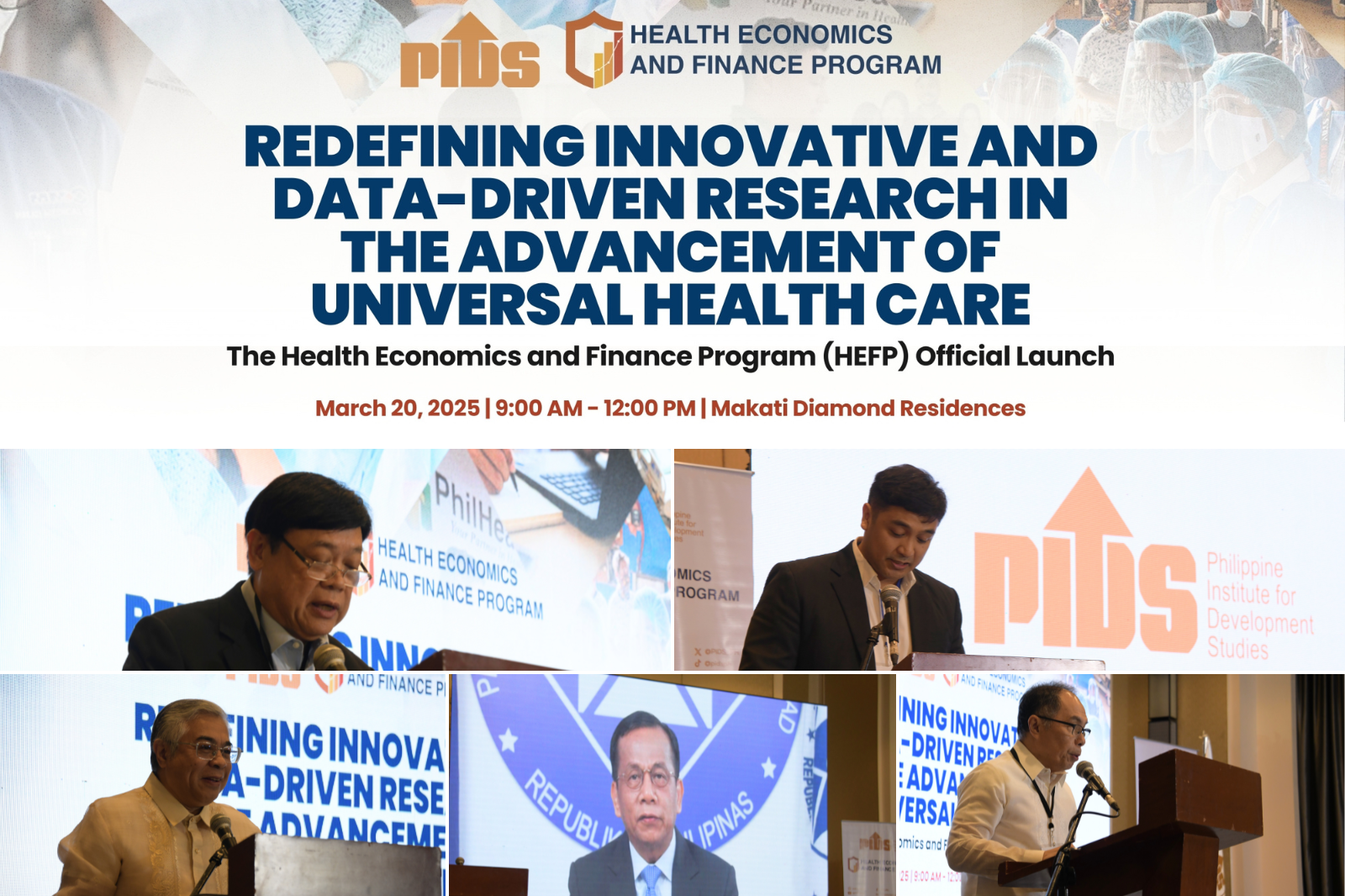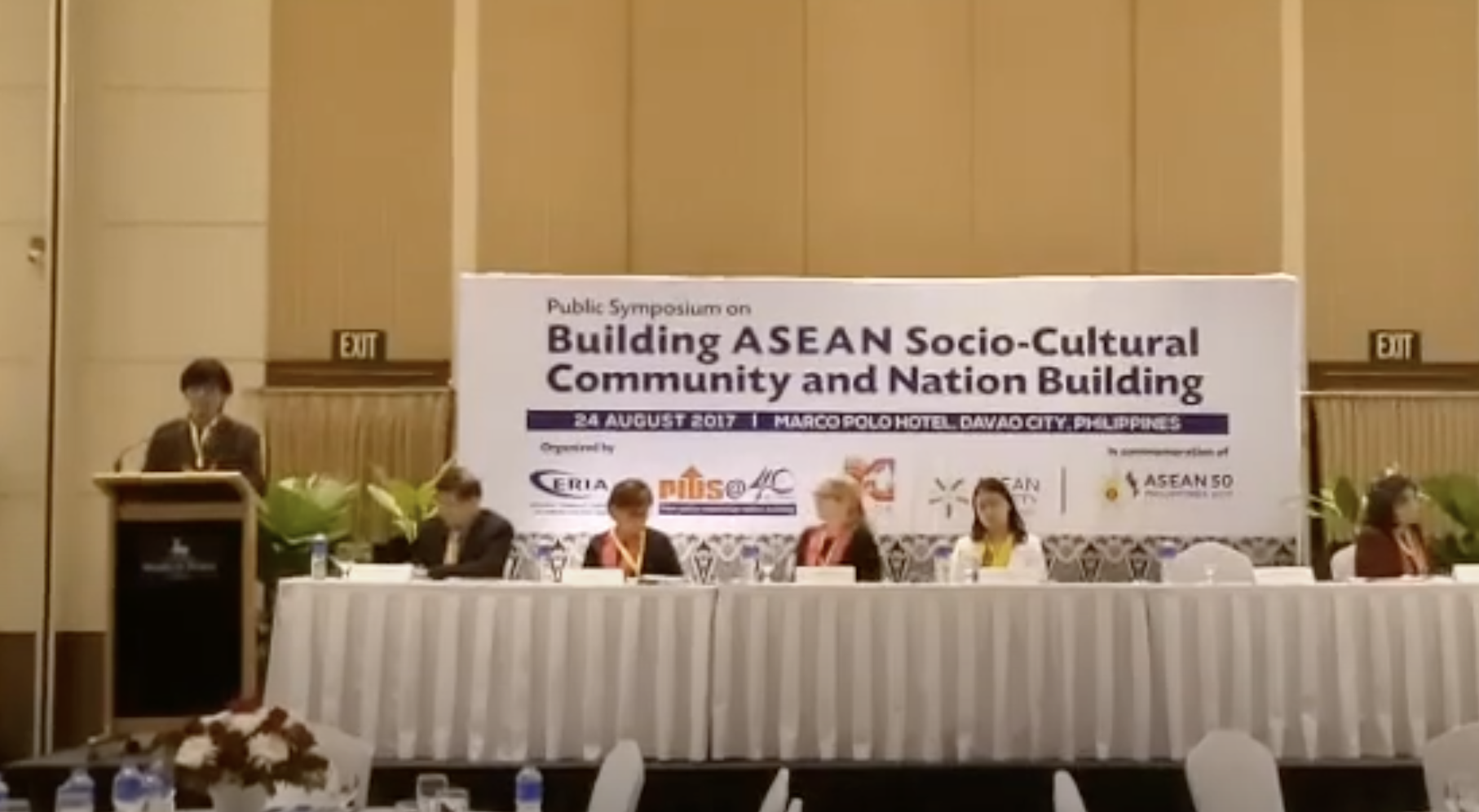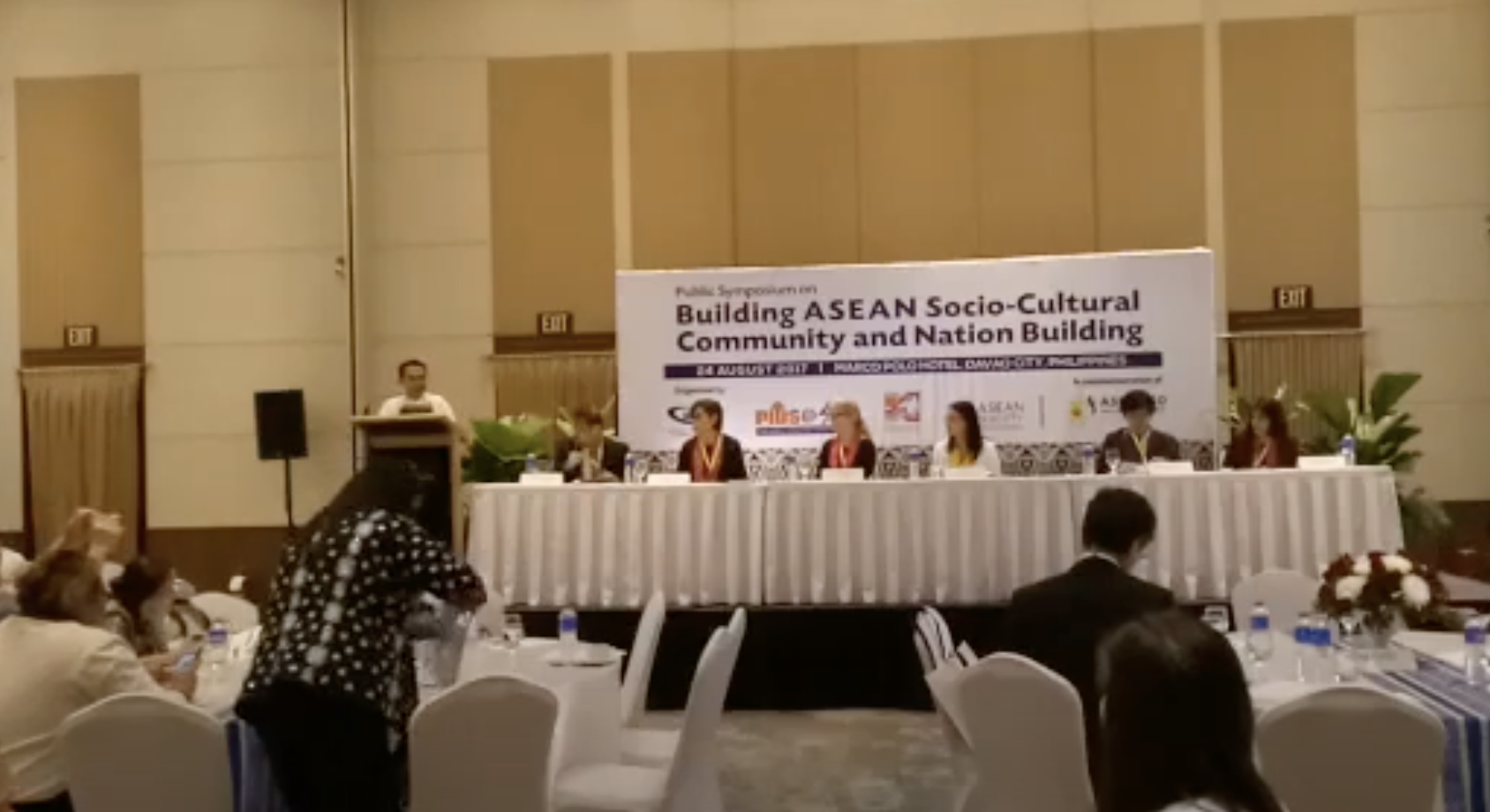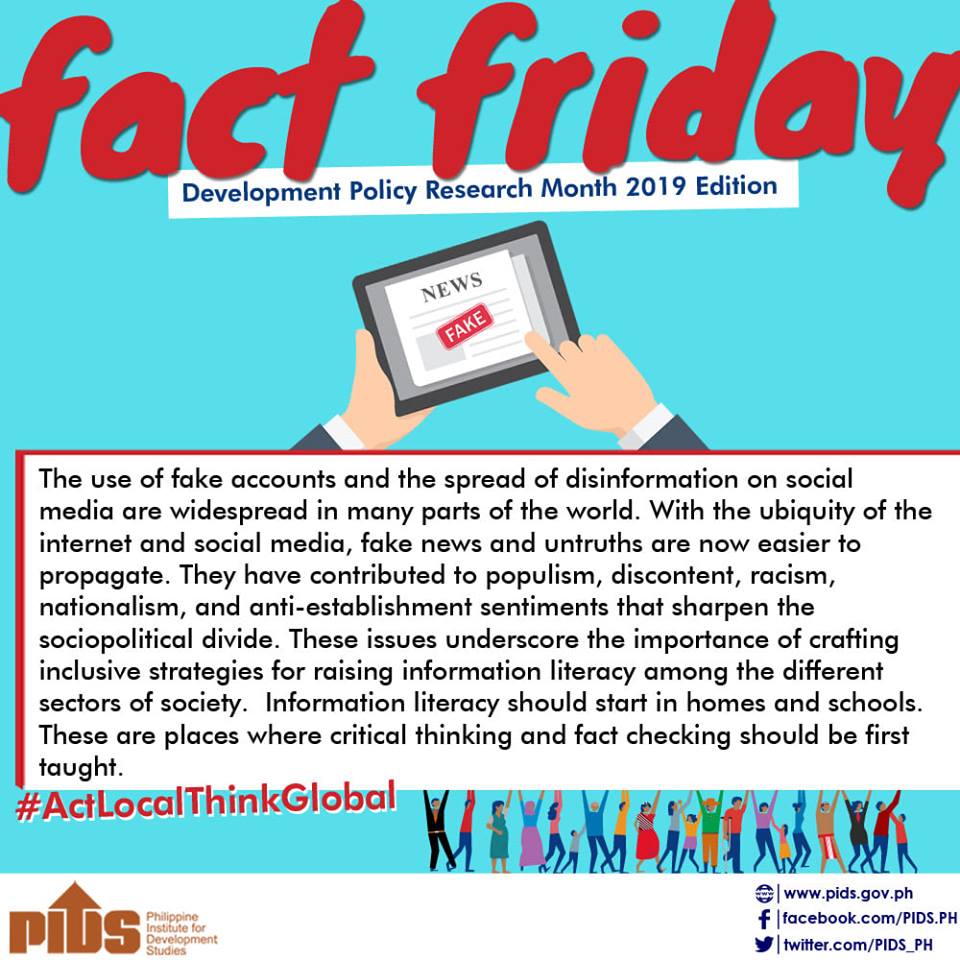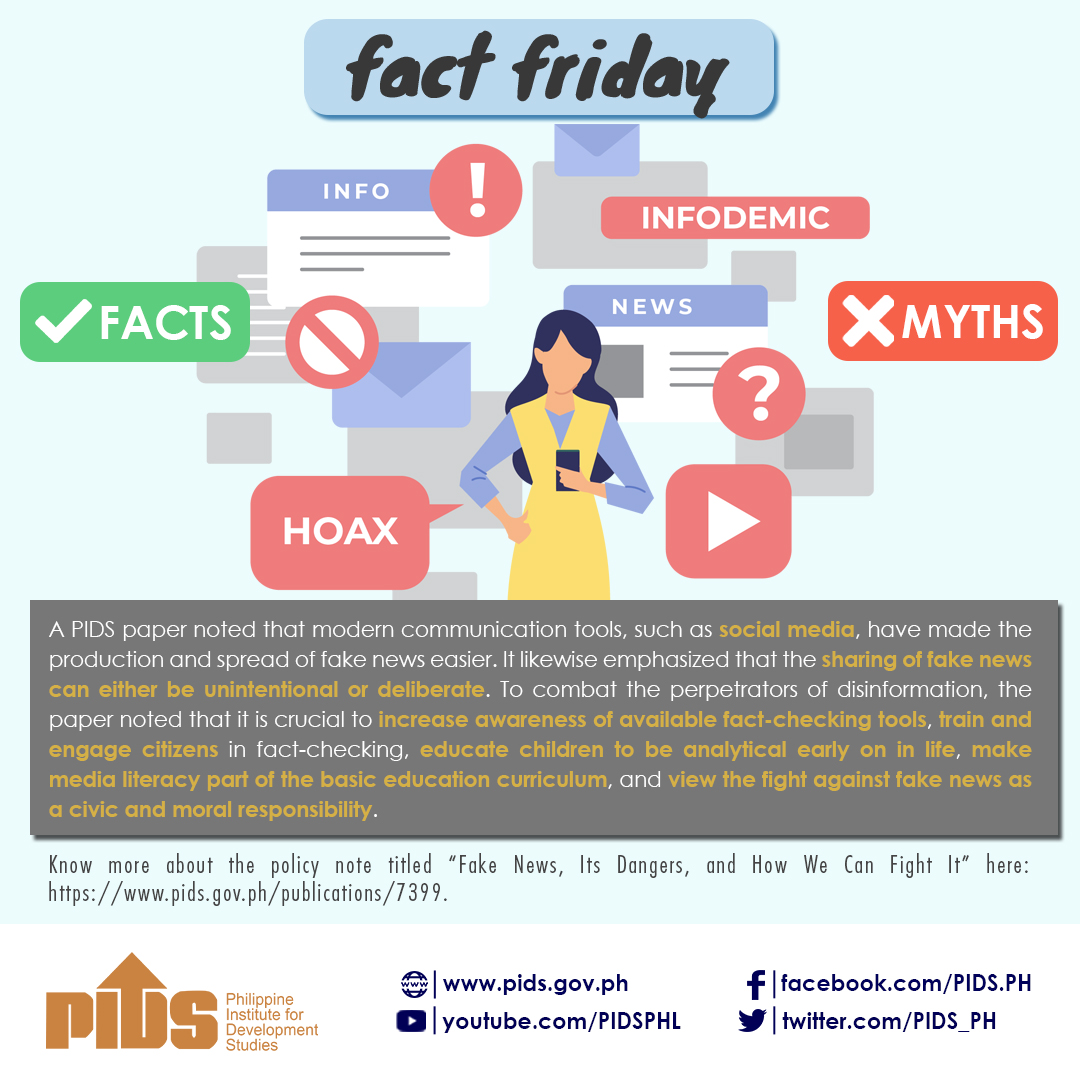What they did will reverberate not only in the remaining six months of 2014 but for many years to come. Their handiwork, be it baffling or enlightened, comes at a time when the Philippine automotive industry enjoys booming demand: Sales from January to June have already reached 126,859 units, up 24 percent from 102,573 vehicles in the same period in 2013.
This figure, compiled from the records of the Chamber of Automotive Manufacturers of the Philippines Inc., Truck Manufacturers Association and Association of Vehicle Importers and Distributors for the first six months of 2014, eclipses the annual sales the industry achieved between 1998 and 2008.
For sure, what these following personalities have done (or have yet to do) will have an impact on an industry that aims to achieve a modest motorization rate–the number of passenger cars per 1,000 inhabitants– which corresponds to a high level of economic development and quality of life.
The Philippines’ motorization rate is currently estimated at 35 vehicles for every 1,000 members of the population (2012 data from the International Organization of Motor Vehicle Manufacturers), which is miles away from Japan’s 599:1,000; Malaysia’s 395:1,000; Thailand’s 200:1,000; or even Indonesia’s 73 (the United States has one of the highest motorization rates at 791:1,000).
Las Piñas Rep. Mark Villar. While the country should thank President Benigno Aquino III for signing the anti-lemon bill into law last July 18, Filipino car buyers owe it to this gentleman for authoring a version of the bill–House Bill No. 3199–that was adopted in the bicameral conference committee early this year.
The Philippine Lemon Law of 2014 calls for the return to the consumer the full value of money if the vehicle that was bought is not of standard quality 12 months or 20,000 kilometers from date of original delivery. If the consumer remains unsatisfied with the efforts to repair the vehicle up to four times, the Department of Trade and Industry will now exercise exclusive and original jurisdiction over disputes.
Indeed, with the new law, the Philippines now joins industrially advanced countries such as the United States and the member nations of the European Union in guaranteeing car buyers that what they are buying is up to standard in quality. After all, a higher sales volume will benefit not only the local automotive industry but also our country’s economy.
Manila Mayor Joseph Estrada. The mayor meant well when he ordered last February a citywide truck ban amid the traffic chaos that inconvenienced motorists and the commuting public, which resulted in so many man-hours lost.
The local government banned cargo trucks from Manila’s main thoroughfares from 5 a.m. to 9 p.m., a move that created a backlog in deliveries to, through and from the Port of Manila.
While the order indeed decongested Manila, the truck ban is now being blamed for obstructing the flow of merchandise–including brand-new vehicles that will be sold in the country.
In fact, an economist from American banking giant Citigroup warned that the ban can cost the Philippine economy as much as P320 billion and put at risk about a million manufacturing jobs, without an alternative transport linkage between the economic zones in the Cavite-Laguna-Batangas-Rizal-Quezon (Calabarzon) area and the Port of Manila.
However, the local government defended its decision stating that the problem lies with port congestion and the system the port currently observes. One official even added that the Ports of Batangas and Subic are underutilized.
Toyota Motor Philippines (TMP) president Michinobu Sugata. When he announced that TMP was coming back into the world of motorsports with the Vios Cup last September, the country rejoiced.
Indeed, the need for speed is more than entertainment–it could be a driving force behind a country’s economy. The most obvious would be the race events themselves–like the Vios Cup–that attract large crowds and generate television and other revenue. Much less visible is the economic activity of different manufacturing and service industries that take part in the production process of the race equipment and activities.
Sugata said he felt great that TMP has taken the lead in bringing back motorsports to the country. "Although it may not be completely new, it’s been quite a while since Filipinos last experienced something like this [a similar event, the Corolla Cup, was held way back in 1998], I feel very much humbled that the general public will again experience such fun through the Toyota Vios Cup.”
The Vios Cup is a grassroots racing competition catering to motorsports enthusiasts and just about anyone who enjoys racing. The one-make race series, which is open to nonprofessional race drivers, launched its exhibition races in January and then held the first leg last June 5 at the Clark International Speedway in Pampanga.
The event also proved that the Vios–a locally assembled model–proved to be a competitive and reliable race car. No wonder it remains TMP’s best performing model, selling more than 2,000 units a month.
Davao Mayor Rodrigo Duterte. Losing a prominent racer to an accident is unfortunate enough, but losing one to murder is just too much, especially for one mayor who took the initiative of setting a bounty of P1 million for the capture of the suspects behind the death of racing champ Ferdinand "Enzo” Pastor, whose family is among his closest friends.
Pastor was the first Filipino to participate in the Nascar Whelen Euroseries Open Championship race circuit and was popular for organizing the grassroots Circuit Showdown series. His other achievements include winning the 2002 Asian Formula Renault title, a national Touring Car championship, and the 2010 Philippine Sportswriter Association Annual Award for Motorsports. Earlier this year, Pastor won the inaugural Asian V8 championship race.
The 32-year-old racer was en route last June 12 to Clark International Speedway to store his late model cars when two motorcycle riders pulled up his vehicle and gunned him down.
Duterte, mad about the murder, announced that the informant has only to send a text message and he would regard the communication ultrasecret.
Department of Trade and Industry’s Industry Development and Trade Policy Assistant Secretary Rafaelita Aldaba. For the past two years, a number of drafts of the much-awaited Philippine Automotive Manufacturing Industry Roadmap have been crafted and even refined by the Philippine Institute for Development Studies (PIDS) as well as the Board of Investments.
Unfortunately, the Board of Investments’ target release of the roadmap in the first quarter of 2014 has come and gone (in fact, it was supposed to have been released last October).
The roadmap is crucial as it will serve as the industry’s "bible,” where incentives are offered and targets are clear-cut. Furthermore, it will create the exact business environment that will make the local industry a worthy competitor of Thailand, China, Malaysia and Indonesia.
Aldaba, a PIDS fellow who is directly in charge of the formulation of industry development and trade policy, volunteered that since the automotive roadmap will be a comprehensive blueprint for the country’s auto industry, the government is carefully crafting the fundamentals of the program, continuously working on refining a number of provisions that would help make the country an automotive hub in the future.
Well we can’t blame the government for the delay: A car has over 30,000 parts and its construction is dependent on several feeder industries including metal, chemical, plastic, textile, rubber, glass, steel, electrical and other manufacturing subsectors.
Metropolitan Manila Development Authority (MMDA) Chair Francis Tolentino. You won’t be able to enjoy your newly bought race-tuned car if you’re always stuck in bumper-to-bumper traffic. Unfortunately, traffic congestion is here to stay.
Good thing we have Tolentino who continuously devises things that would help us deal with traffic. The most recent is a website–www.mmroadway.com– that allows motorists to monitor the status of 15 major infrastructure/road projects and be able to know the alternate routes available.
In 2011, the MMDA launched a valuable mobile phone app that displays updated traffic information via a map overlay. Here one would be able to know in real time the traffic situation in all the major thoroughfares of Metro Manila (Edsa, C5, SLEx, Roxas Boulevard, Ortigas, Commonwealth, Marcos Highway, Katipunan, España and Quezon Avenue). The app helps drivers make informed decisions as they navigate through Metro Manila traffic.//

